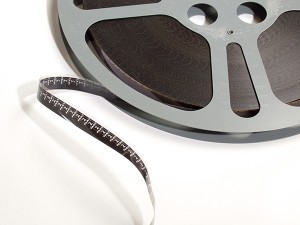 Photographs are invaluable to people. They hold memories of childhood, family members that may no longer be here and some of the most important moments in our lives. You may be fortunate enough to have boxes of family photos or albums that have been passed down from generation to generation. Some of these photos may be displayed in your home, but chances are you may need a place to store most of them. Whether you store them in your home or in a storage unit, here are a few tips to ensure that they are protected from potential harms:
Photographs are invaluable to people. They hold memories of childhood, family members that may no longer be here and some of the most important moments in our lives. You may be fortunate enough to have boxes of family photos or albums that have been passed down from generation to generation. Some of these photos may be displayed in your home, but chances are you may need a place to store most of them. Whether you store them in your home or in a storage unit, here are a few tips to ensure that they are protected from potential harms:
According to Reader’s Digest there are 7 ways to store photos that will preserve them and the memories they hold. Here are a few do’s and don’ts:
 As Southern California deals with the aftermath of record-breaking rainfall, two things are becoming clear: the drought is over (for the time being), and lots of people are dealing with water damage.
As Southern California deals with the aftermath of record-breaking rainfall, two things are becoming clear: the drought is over (for the time being), and lots of people are dealing with water damage. We have talked about preserving home movies, videos and old photographs by transferring them to more technologically up-to-date formats in two previous posts (
We have talked about preserving home movies, videos and old photographs by transferring them to more technologically up-to-date formats in two previous posts ( In a
In a  If you have a storage unit, chances are, buried in one of those boxes are some old home movies. Maybe they are on VHS tape, or Super 8, or maybe you even have some reel-to-reel family heirlooms from the 1940’s or ’50s. You could do worse than keeping them in a closed, air-conditioned environment – but you could do better, too.
If you have a storage unit, chances are, buried in one of those boxes are some old home movies. Maybe they are on VHS tape, or Super 8, or maybe you even have some reel-to-reel family heirlooms from the 1940’s or ’50s. You could do worse than keeping them in a closed, air-conditioned environment – but you could do better, too.